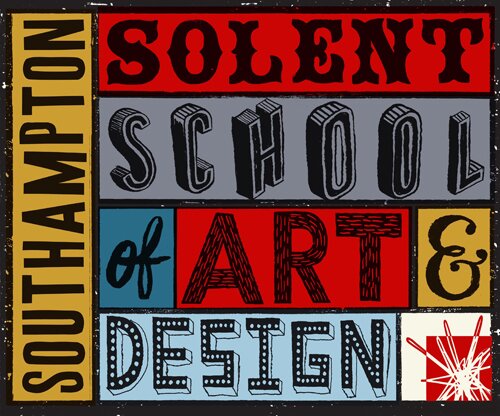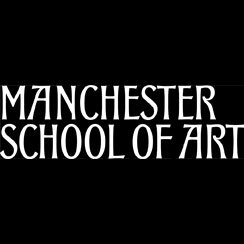
Steve Braund
Falmouth University
From a career in commercial illustration throughout the 80′s and 90′s, working mostly in publishing for companies including Puffin, Macmillan, Heinemann, J M Dent, Hutchison, Radio and TV Times, Sunday Times and Scholastic, Steve developed as an educator and independent publisher. He is creator and course leader of the highly influential MA Illustration: Authorial Practice award at Falmouth University, Director of graphic literature publisher Atlantic Press and International Advisory Group member for The House of Illustration in London. Steve has recently completed roles as external examiner for MA Visual Communication at the Royal College of Art and MA Sequential Design and Illustration at University of Brighton.
Abstract:
The Itinerant Illustration
This paper will explore the possibilities of the migration of illustration from print or digital media into the reader’s space. Based on a current book project I will propose that it is possible to construct a story in the reader space, one that is, in effect, illustrated by the illustrations and text themselves.
Consider an illustrated picture-book with all its characters, plotline and narrative tension, but – the reader is there too. Or rather, the story is imaginatively projected into the space occupied by the reader/viewer.
Taking examples from literature and illustrated fiction this paper parallels Brecht’s idea of showing showing (verfremdungseffekt), where his actors break through the ‘fourth wall’. I will explore ‘showing showing’ as migratory illustration, where the reader of the illustration is aware that they are being watched by that which they are watching.
To include The Life and Opinions of Tristram Shandy, Gentleman1, by Laurence Sterne, where the reader is ‘there too.’ Sterne has us, the reader conversing with the characters. We, the reader are made to feel responsible, and a part of, what is unfolding. 2 The reader keeps stepping into the novel – evoking the process of reading itself. 3
Examples from illustration will include Alice in Sunderland by Bryan Talbot, Tank Girl by Hewlett and Martin, and others to show where this phenomenon is occurring. Using these kinds of signifiers, I will build the argument that it is possible to construct a narrative where the illustrations and text in the book are communicating a story that is unfolding in the space the reader is occupying.
1. Laurence Sterne, 2010, The Life and Opinions of Tristram Shandy, Gentleman. Visual Editions,
2. Melvyn Bragg, 2014, BBC Radio 4’s In our time, Panel discussion of Tristram Shandy
3. Andreas Strohl, Erik Eisel(Eds), 2002, Willem Flusser Writings, University of Minnesota Press







